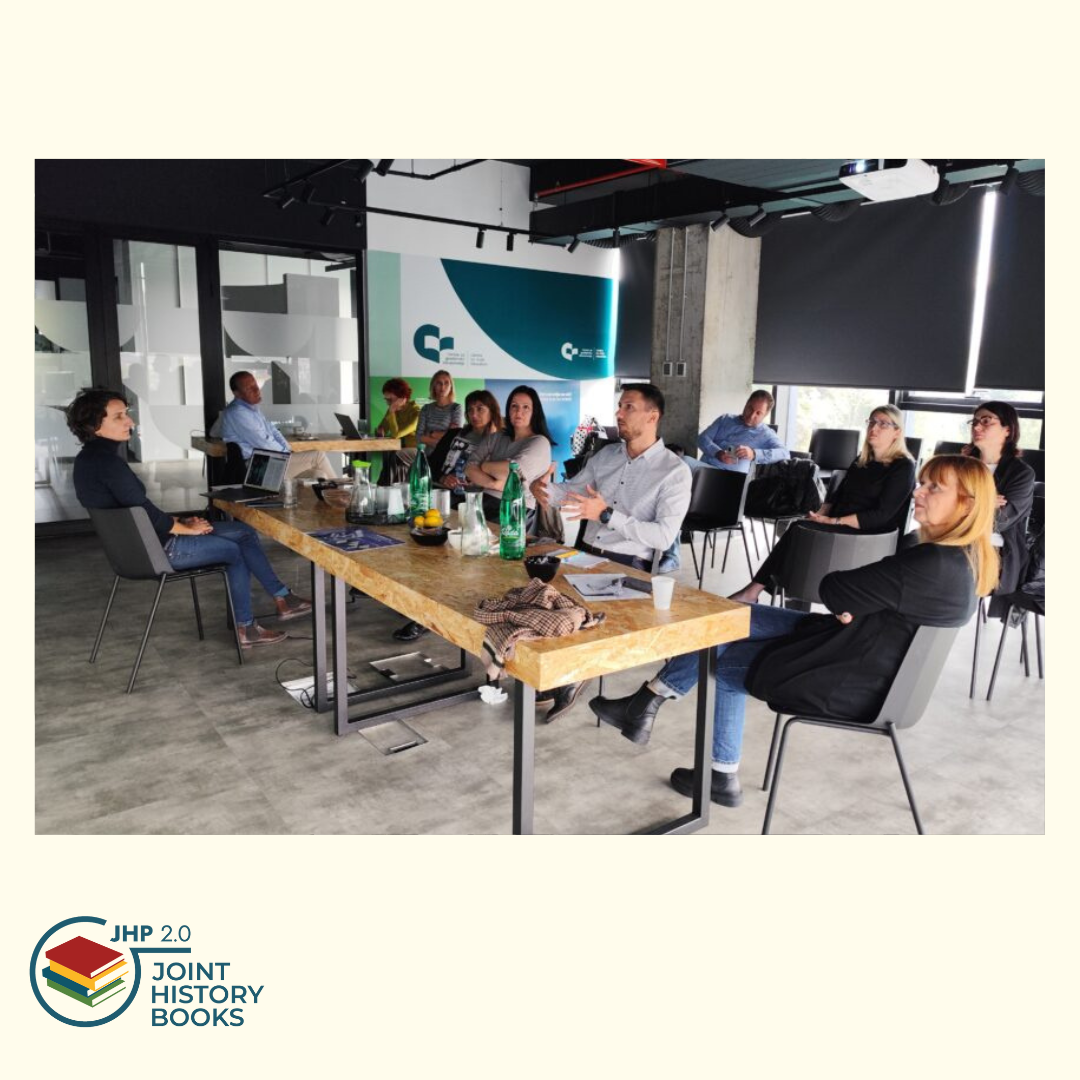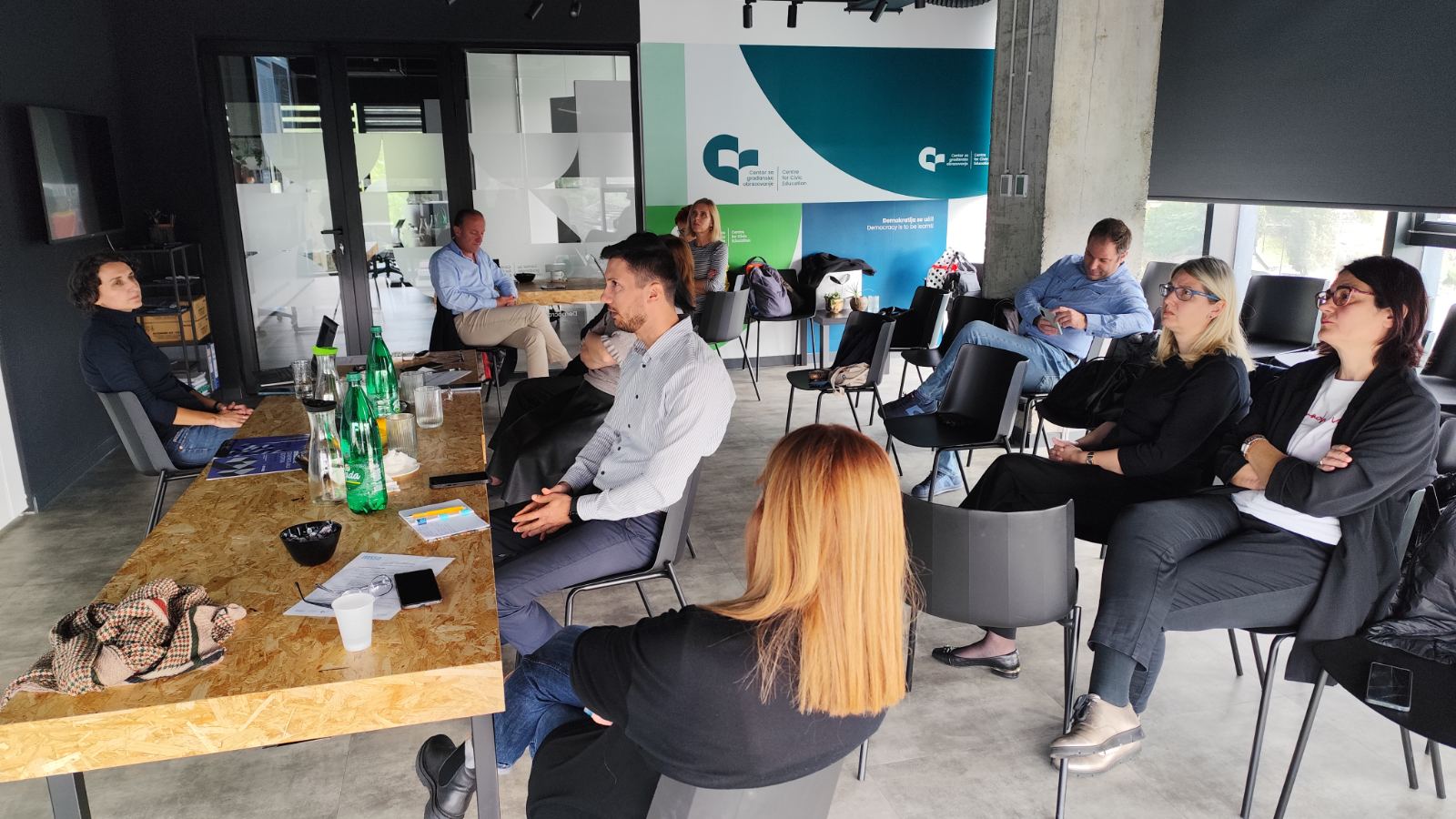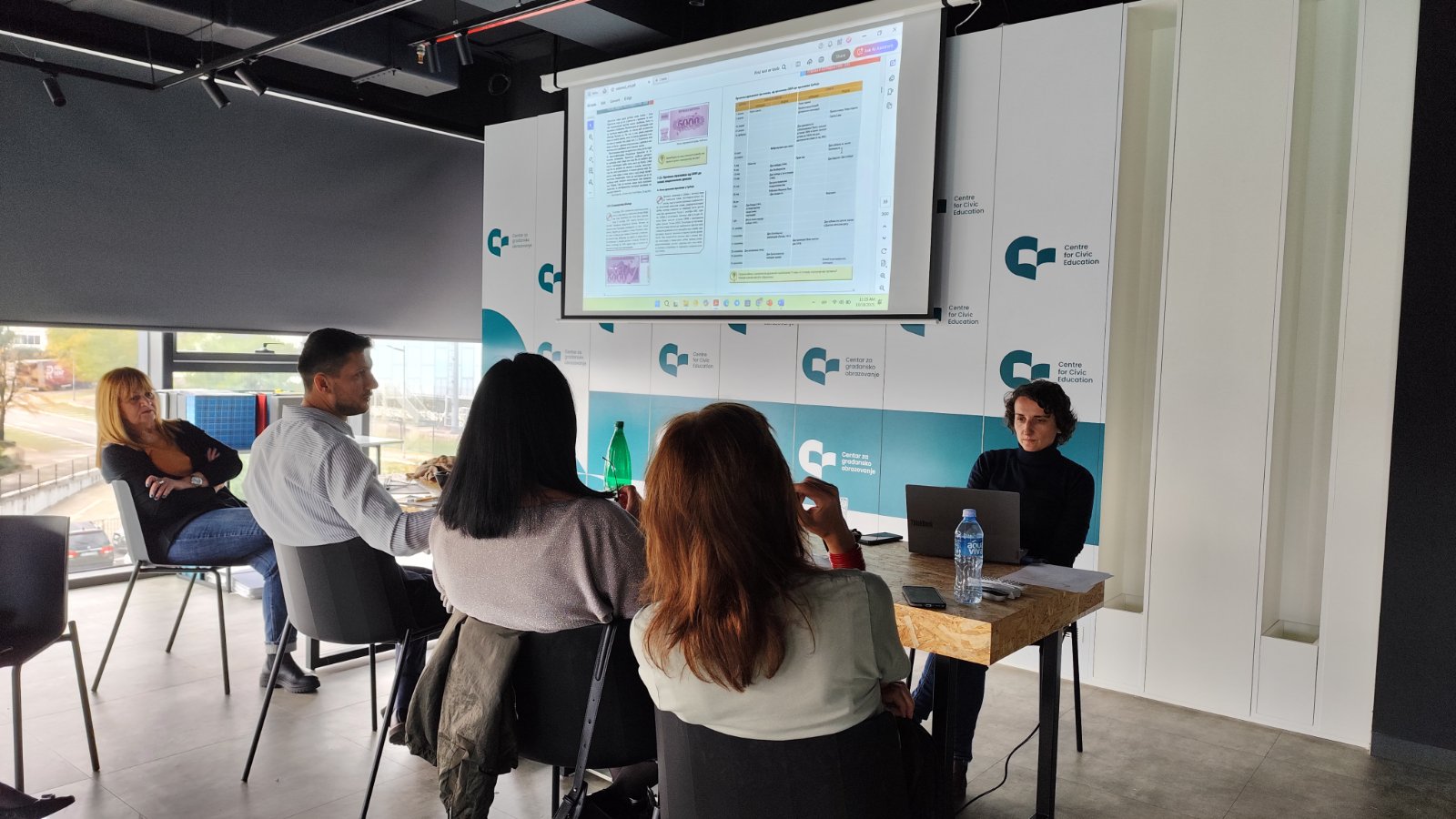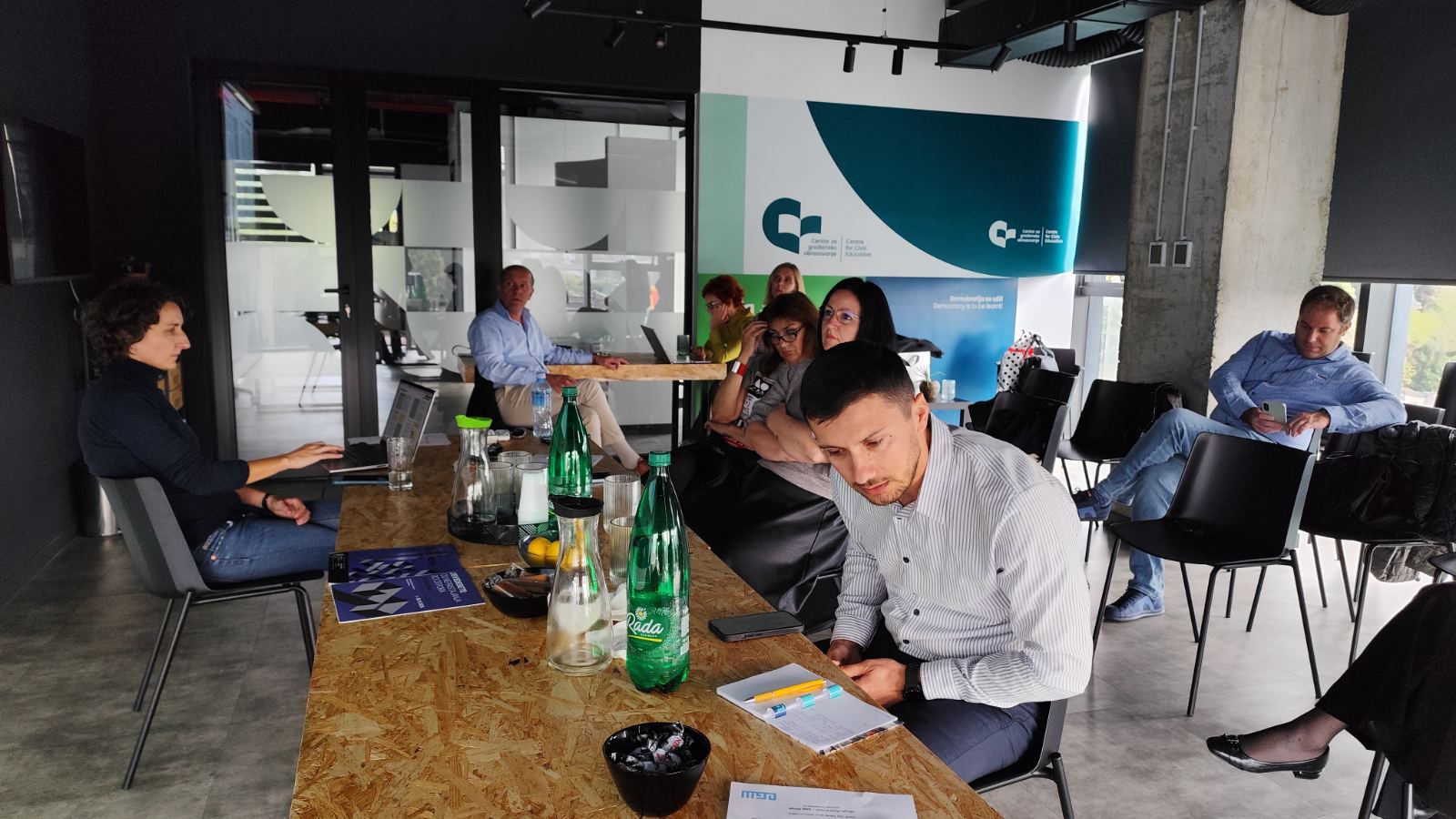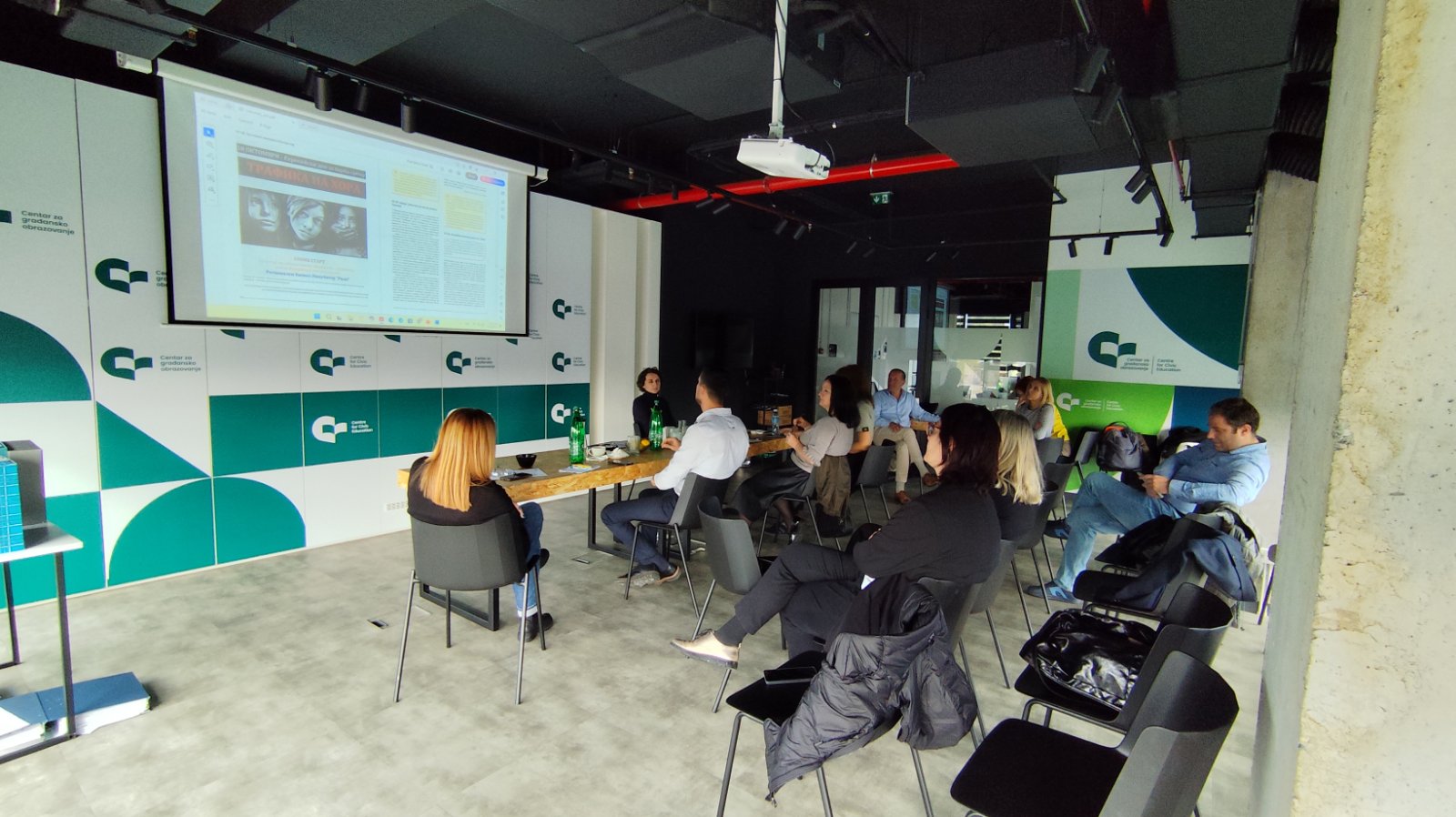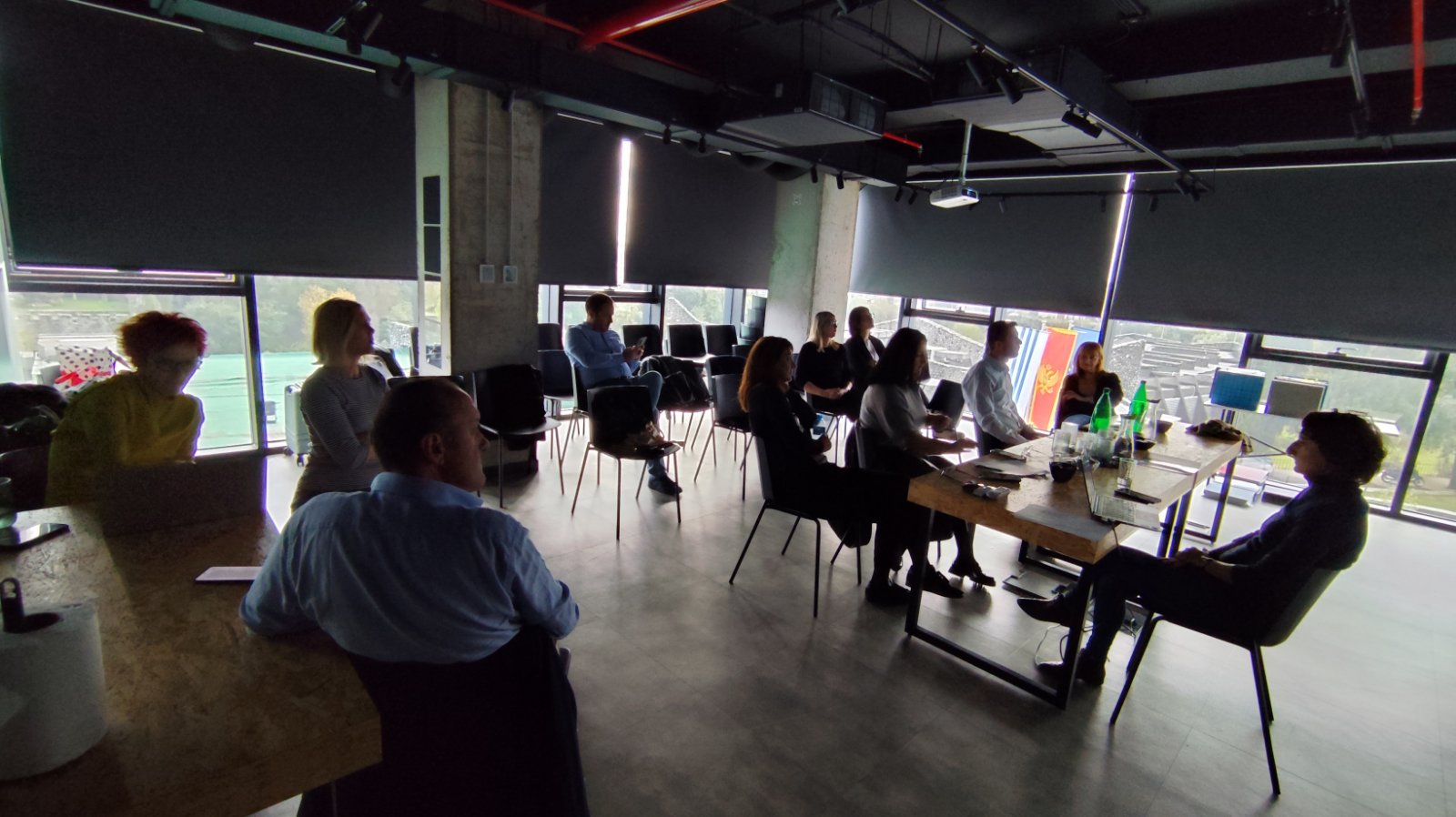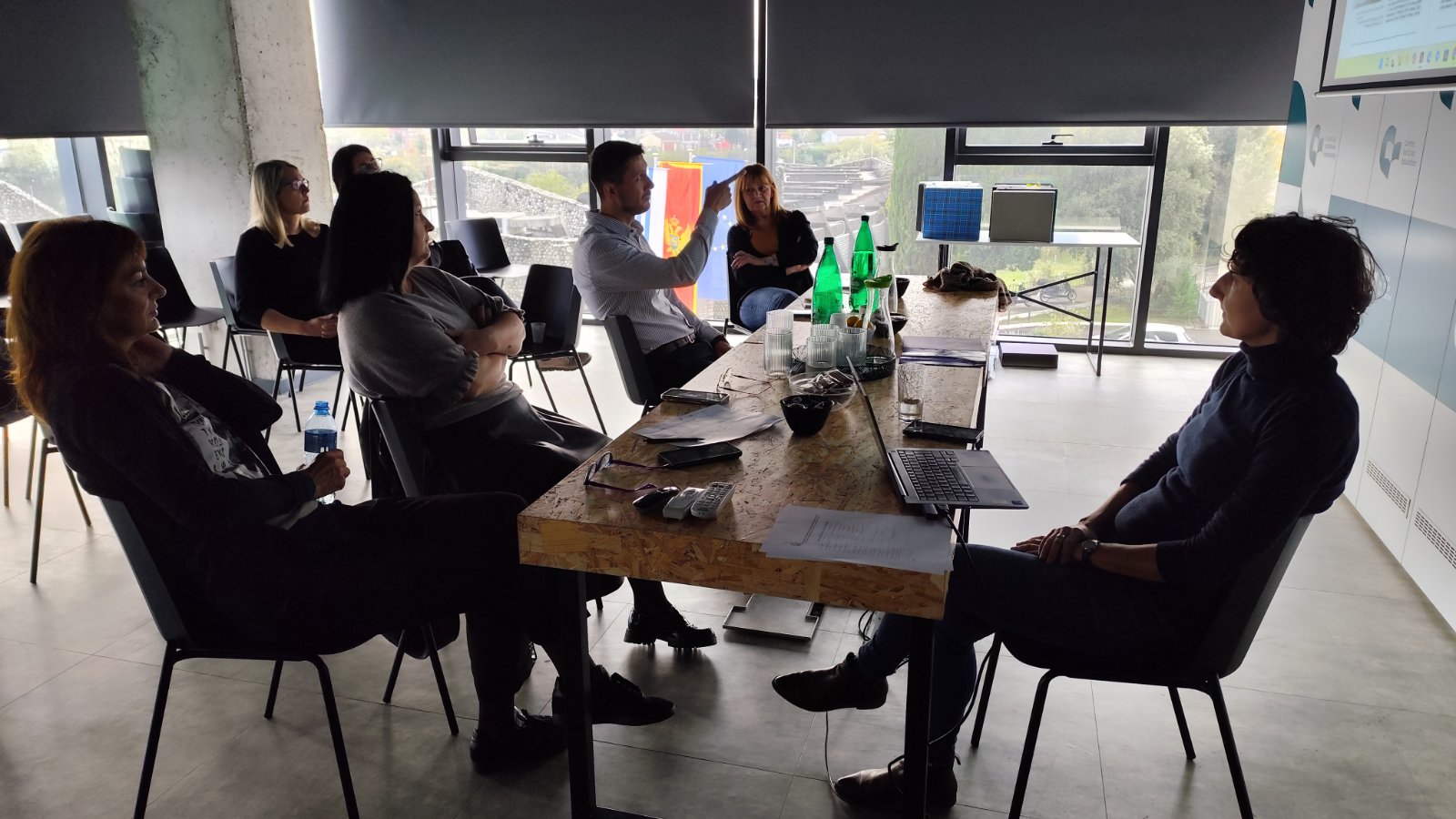In the last two months, Joint History Project (JHP) team participated in a series of educational workshops held in Belgrade and Podgorica, bringing together history teachers from Serbia and Montenegro. The sessions offered an opportunity to present both the previous and current phases of the JHP, with a special focus on how digital tools can be used not only to promote the project but also to enrich history teaching based on JHP materials.
Participants emphasized that the workshops directly address key challenges they face. Here are some of their observations: “Topics related to the 90s are still a somewhat ‘tricky’ topic in history teaching,” noted history teacher Vesna Kostić, from elementary school Jovan Dučić in Belgrade. The core issue, many agreed, is that students often “already come with pre-conceptions” formed by family narratives and media. As Vesna Tirmenštajn, history teacher from the gymnasium in Ćuprija, explained, “In school, I encounter student attitudes that are already formed by such family stories, and sometimes it is difficult to change the students’ angle of viewing.”
Because of this, teachers affirmed that regional exchange and new methods are essential. Zorica Šćepanović, history teacher from Kraljevo, concluded, it is “multiply useful to connect those of us who teach history in the Balkans.” She added: “This workshop is very significant for me because since the nineties I have been working with students who came from war zones. When I started working, with students who came from Bosnia and Croatia and later with children from Kosovo. Although I have extensive experience working with such sensitive groups and on such sensitive topics, the exchange of experiences and ideas from others is always important to me.”
This sentiment led to strong interest in closer cooperation in the future, with suggestions for regular consultations to ensure that newly developed digital tools directly support classroom practice. In addition, participants welcomed the idea of organizing training sessions on the use of digital tools in history education – using the Joint History Books not just as an example but as a model for innovative, multiperspective teaching.
